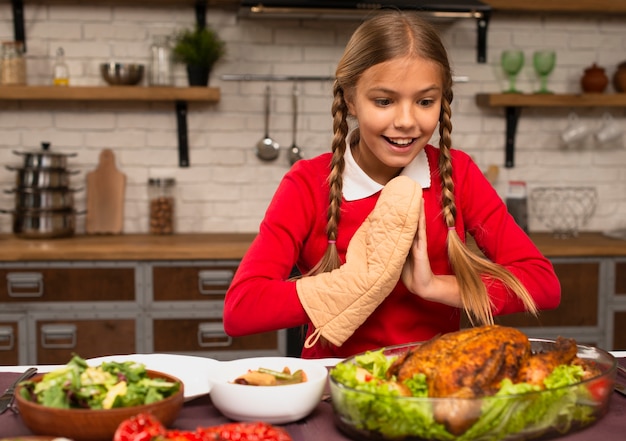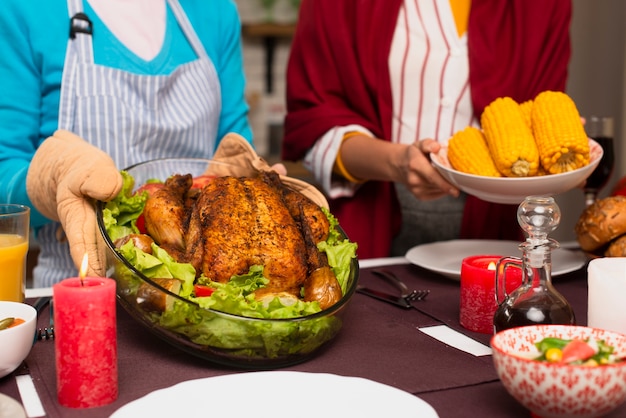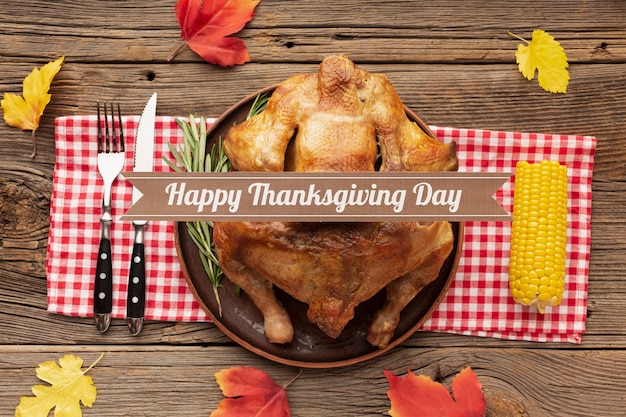(Part 1) The Basics: turkey weights and cooking time

Calculating Turkey Cooking Time: The Golden Rule
The general rule of thumb is to cook an unstuffed turkey for about 15 minutes per pound, and a stuffed turkey for 20 minutes per pound. This means a 12-pound turkey would need around 3 hours for unstuffed and 4 hours for stuffed. But remember, this is just a starting point. The actual cooking time can be influenced by factors like oven temperature, the turkey's shape, and even the type of oven you have.I'll never forget the first time I used a thermometer to gauge my turkey’s doneness. It was like a revelation! I was always a bit hesitant about sticking a thermometer in the bird, but it gave me such peace of mind. Now, it’s a non-negotiable part of my cooking routine.
(Part 2) Oven Temperature: The Key to Even Cooking

Why 325°F (160°C) is Generally the Best
Most recipes will recommend cooking a turkey at 325°F (160°C). This temperature ensures even cooking and a juicy, tender bird.Alternative Temperatures: Experimenting with Flavor
Some recipes call for higher temperatures, like 350°F or even 400°F, especially for smaller turkeys. But, for the average cook, sticking to 325°F is generally the safest bet.One year, I tried a recipe that suggested a lower temperature, around 300°F. The turkey cooked slower, but it was unbelievably moist and flavorful. It's a testament to how much a seemingly small change can impact the final result.
(Part 3) Stuffing: A Traditional Debate

Stuffing the Turkey: The Classic Approach
Stuffing the turkey is a traditional method, and many argue it adds a unique flavour to the bird. However, it's a bit riskier as the stuffing may not reach a safe internal temperature.Separate Stuffing: The Safe and Delicious Option
Health and safety experts generally advise against stuffing the turkey. Cooking it separately in a casserole dish ensures a safe internal temperature and a crispy, golden-brown top.I've always been a staunch advocate for separate stuffing. It's simply the safest and most reliable way to ensure everything is cooked properly. But I can’t deny the nostalgia of the stuffing-filled turkey. It’s a classic for a reason!
(Part 4) Doneness: How to Ensure a Perfectly Cooked Turkey
So, your turkey is in the oven, but how do you know when it's reached that coveted "done" state? It’s a crucial moment, and you need to be sure.The meat thermometer: Your Reliable Guide
The most accurate way to check for doneness is using a meat thermometer. Insert it into the thickest part of the thigh, ensuring it doesn't touch any bone. The internal temperature should reach 165°F (74°C).Other Signs of Doneness: A Visual Check
While the thermometer is the gold standard, there are other visual clues. The turkey should be golden brown on the outside, and the juices should run clear when you pierce the thickest part of the thigh with a fork.Pop-Up Thermometers: Not Always Reliable
Some turkeys come with pop-up thermometers, but these aren't always accurate. Trust a separate meat thermometer for the most reliable result.I once relied on a pop-up thermometer, only to have it pop prematurely. My turkey was far from done, and I had to put it back in the oven for another hour. It was a close call, and I learned a valuable lesson: never trust those pop-up thermometers alone.
(Part 5) Resting: Letting the Turkey Relax
After your turkey is cooked, it needs a well-deserved rest. Resist the urge to carve it immediately. Letting it rest for at least 15 minutes is essential.Why Resting is Key to a Moist and Flavorful Turkey
When you carve a hot turkey, all the delicious juices rush out, leaving you with a dry bird. Resting allows those juices to redistribute back into the meat, ensuring maximum moisture and flavour.The Art of Carving: A Ritual of Patience
While the turkey rests, you can prepare the gravy. This is a crucial step, as it requires the turkey drippings, which are best collected after the resting period.I used to be so eager to dig into the turkey that I'd carve it right away. But after learning about the benefits of resting, I've become a convert. The difference in moisture and flavor is truly noticeable. It's a small step, but it makes a big difference.
(Part 6) Leftovers: The Delicious Aftermath
Leftover turkey? Don’t fret! It's a culinary treasure trove, the perfect blank canvas for creating new and delicious meals.Creative Leftover Turkey Dishes: Beyond Sandwiches
The possibilities are endless: sandwiches, salads, pies, soups, pasta dishes, and more. Get creative!Freezing Leftover Turkey for Future Feasts
You can also freeze leftover turkey for later use. Wrap it tightly in plastic wrap and then foil. It can last up to two months in the freezer.My go-to leftover turkey recipe is a simple turkey and cranberry salad. It's light, refreshing, and a great way to use up those leftover Thanksgiving goodies. It's a win-win!
(Part 7) Troubleshooting: Common Turkey Cooking Issues
Even seasoned cooks encounter turkey challenges. Here’s a guide to some common problems and their solutions:Undercooked Turkey: Returning to the Oven
If your turkey is undercooked, return it to the oven and continue cooking until it reaches the safe internal temperature. Double-check with your thermometer.Overcooked Turkey: The Dryness Dilemma
An overcooked turkey will be dry and tough. While there's no magic fix, you can try adding gravy or sauce to compensate for the dryness.Burnt Turkey: Temperature Trouble
If your turkey is burnt, it's likely due to an overly high oven temperature. Cook your turkey at a lower temperature next time. Consider covering it with foil during part of the cooking process to prevent burning.Lack of Browning: Finding the Right Oven Setting
If your turkey isn’t browning, it could be a low oven temperature or the turkey being too close to the bottom of the oven. Raise the temperature, or place the turkey on a roasting rack to allow for better air circulation.I once had a turkey so pale it looked like a ghost! It was a complete disaster. Turns out, the oven temperature was too low. It was a lesson learned: always double-check your oven temperature before you start!
(Part 8) Tips and Tricks for Turkey Perfection
Here are some tricks to help you achieve the turkey of your dreams:Brining: The Secret Weapon for Moisture
Brining involves soaking the turkey in a salt water solution before cooking. This infuses the meat with moisture and enhances its flavor.Butterflying: Ensuring Even Cooking
Butterflying is a technique where you cut the turkey breast in half and flatten it out. This allows for more even cooking and can reduce the overall cooking time.Using a Roasting Rack: Elevating the Bird
Always cook your turkey on a roasting rack. This allows air to circulate around the bird, ensuring even cooking and crispy skin.Basting: A Touch of Moisture and Flavor
Basting involves spooning melted butter, pan drippings, or stock over the turkey during cooking. This keeps the skin moist and adds extra flavor.I’ve tried many tricks over the years, but brining is my absolute favorite. It’s a bit of extra work, but the difference in the turkey’s moisture and flavor is absolutely worth it.
(Part 9) Turkey Cooking Time: A Comprehensive Table
Here is a table showing estimated cooking times for turkeys of different weights, both unstuffed and stuffed, cooked at 325°F (160°C).| Turkey Weight (lbs) | Unstuffed Cooking Time (hours) | Stuffed Cooking Time (hours) |
|---|---|---|
| 8-12 | 2.5-3.5 | 3.5-4.5 |
| 12-16 | 3.5-4.5 | 4.5-5.5 |
| 16-20 | 4.5-5.5 | 5.5-6.5 |
| 20-24 | 5.5-6.5 | 6.5-7.5 |
Remember, this is just a guide. Actual cooking times may vary depending on your oven and the specific shape of your turkey. Always use a meat thermometer to confirm doneness.
(Part 10) FAQs: Addressing Your Turkey Questions
Now, let’s tackle some frequently asked questions:Q1: Can I cook a turkey at a lower temperature?
A1: You can, but it will take longer. A lower temperature can result in a more tender and juicy turkey. Just be sure to adjust the cooking time accordingly.Q2: What happens if I overcook my turkey?
A2: Overcooking will result in a dry and tough turkey. While there's no quick fix, you can try adding gravy or sauce to combat dryness.Q3: How do I know if my turkey is done?
A3: The most reliable method is using a meat thermometer. Aim for an internal temperature of 165°F (74°C). Visual clues like golden brown skin and clear juices are also helpful indicators.Q4: How long should I let my turkey rest?
A4: Allow your turkey to rest for at least 15 minutes before carving. This allows the juices to redistribute, ensuring a more flavorful and moist bird.Q5: What are some good ways to use leftover turkey?
A5: The possibilities are endless! Try sandwiches, salads, pies, soups, pasta dishes, and more. You can also freeze leftover turkey for later use. Wrap it tightly in plastic wrap and foil, and it will last up to two months in the freezer.And there you have it! Your comprehensive guide to turkey cooking time. Now, go forth and conquer your next turkey feast. Happy cooking!
Everyone is watching

Corn on the Cob: The Ultimate Guide to Perfectly Cooked Ears
Healthy MealsAh, corn on the cob. Just the name evokes images of sunny days, barbecues, and that sweet, juicy flavour that ...

Perfect Pork Roast Oven Cooking Time: A Guide to Delicious Results
Healthy MealsThere's something truly satisfying about a perfectly roasted pork. The aroma alone is enough to make your mout...

Ham Cooking Time: How Long to Bake, Smoke, or Boil a Delicious Ham
Healthy MealsAh, ham. It's a classic, isn't it? A real crowd-pleaser, especially around holidays. And when done right, it'...

Scallops: The Ultimate Guide to Perfect Cooking
Healthy MealsAh, scallops. Those delicate, sweet, and utterly delicious morsels of the sea. They hold a special place in my...

Spaghetti Squash: The Ultimate Guide to Cooking and Serving
Healthy MealsRemember that time you saw spaghetti squash at the supermarket, looking all bumpy and strange, and thought, "W...
